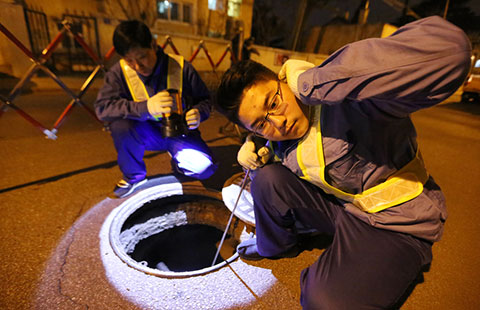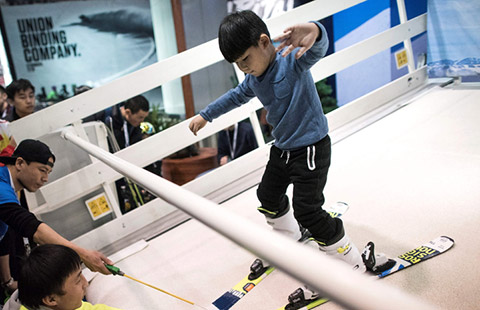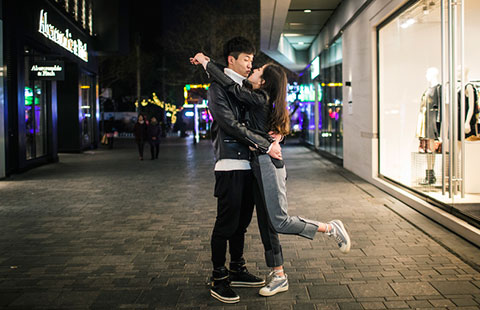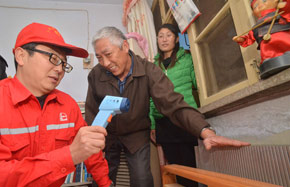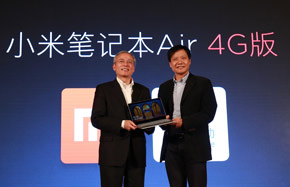Subsidies for green cars not bringing expected results
By John Zeng (China Daily) Updated: 2013-04-01 05:47More coordination needed between local, national policies
|
|
Despite unprecedented efforts by the government to promote green vehicles, growth in this market has failed to meet expectations.
When a program to subsidize alternative-energy vehicles was launched in 2009 by the central government, authorities projected that the collective sales of these vehicles in select pilot cities would reach 53,000 by 2012.
However, sales fell far short of the mark. In the 25 pilot cities, 27,432 vehicles were sold, 4,400 of which were to private owners and the rest to public fleets.
Sponsored by four central government ministries, the pilot program started in 25 major Chinese cities, including Beijing, Shanghai, Chongqing, Hangzhou and Shenzhen.
It was only the first of many measures intended to stimulate the growth of a green car market.
In May 2010, the four ministries issued another subsidy policy for private vehicles using alternative energy. This subsidy was set according to the battery capacity of the vehicle at a rate of 3,000 yuan per kilowatt-hour.
 |
Since the nationwide program was initiated, the governments of pilot cities have also come up with their own promotional plans to provide additional local subsidies.
During the two sessions this year, the four ministries reached a consensus to extend the subsidy policy for alternative-energy vehicles for another three years.
Although leaders say they remain resolute in their support of green cars, it is still uncertain if the three-year extension of the subsidy policy will have the intended effect on the market.
Local protectionism
There are barriers that prevent the subsidy policy from working effectively, including local protectionism.
In addition to the State subsidy policy, first-tier pilot cities have formulated local subsidy policies, but many of these have been criticized as discriminatory to products made outside of the city.
- Central bank continues net cash injection in money market
- Pension funds set to be invested in the stock market
- HKEX to launch first RMB currency options in March
- Water pipe 'doctors' do their best work in the night
- China's yuan funds for foreign exchange drop in January
- Mercedes-Benz sweeps car awards
- Virgin Australia plans new route to Hong Kong
- Shanghai to shake up state enterprises ownership

